
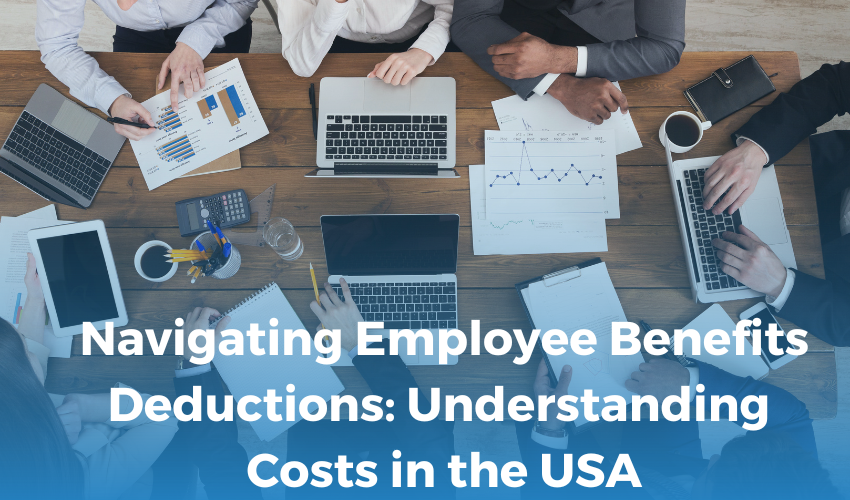
10-10-23
Employee benefits are a critical aspect of compensation packages in the United States. However, understanding the cost implications of these benefits and their deductions can be complex for both employers and employees. In this comprehensive guide, we will delve into the intricacies of employee benefits deductions in the USA, shedding light on their significance, the types of benefits involved, and how they impact both employers and employees.
The Importance of Employee Benefits
Employee benefits encompass a wide range of offerings provided by employers to attract and retain talent, as well as promote the overall well-being of their workforce. These benefits can include health insurance, retirement plans, paid time off, and various other perks, all of which significantly contribute to an employee's total compensation package.
Types of Employee Benefits
1. Health Insurance: One of the most crucial benefits, health insurance covers medical expenses, helping employees access healthcare services affordably.
2. Retirement Plans: Employer-sponsored retirement plans like 401(k)s allow employees to save for their future.
3. Paid Time Off (PTO): This includes vacation days, sick leave, and holidays, ensuring employees have time to rest and recharge.
4. Dental and Vision Insurance: Supplementary insurance plans covering dental and vision care expenses
5. Insurance: provides financial protection for employees and their families in the event of death.
6. Flexible Spending Accounts (FSAs) and Health Savings Accounts (HSAs): Tax-advantaged accounts for medical expenses
Employee Benefits Deductions
Employee benefits often come with deductions, which can impact both employees and employers. Understanding these deductions is vital for financial planning and compliance with tax laws.
Deductions for Employees
1. Health Insurance Premiums: Employees typically share the cost of health insurance premiums with their employers through regular paycheck deductions.
2. Retirement Contributions: Employees can choose to contribute a portion of their salary to retirement plans like 401(k)s, often with a matching contribution from the employer.
3. FSA and HSA Contributions: Funds allocated to FSAs and HSAs are deducted from an employee's paycheck before taxes, reducing their taxable income.
4. Social Security and Medicare Taxes: These payroll taxes are automatically withheld from an employee's salary.
5. Other Benefits: Deductions may apply to other benefits, such as life insurance or voluntary insurance plans.
Deductions for Employers
1. Matching Contributions: Employers often match a percentage of an employee's retirement plan contributions, which is a cost to the company.
2. Administrative Costs: Managing employee benefits programs incurs administrative expenses.
3.Taxes: Employers are responsible for paying payroll taxes, including the employer's share of Social Security and Medicare taxes.
The Cost Impact on Employers
Understanding the costs associated with employee benefits and their deductions is crucial for businesses. Offering competitive benefits can attract top talent, but it also comes with financial responsibilities.
Budgeting
Employers must budget for benefit costs, including both the employer's share and any matching contributions. Failure to do so can strain a company's finances.
Compliance
Compliance with federal and state laws regarding benefits and deductions is essential. Non-compliance can result in penalties and legal issues.
Competitive Advantage
Competitive benefit packages can give employers an edge in recruiting and retaining employees. However, they must balance the cost with the value offered.
The Impact on Employees
Employee benefits deductions have financial implications for employees as well. While they provide valuable coverage, they can reduce take-home pay.
Financial Planning
Employees should consider benefit deductions when creating a budget and managing their finances.
Tax Benefits
Contributions to retirement plans and tax-advantaged accounts can offer employees tax benefits by reducing their taxable income.
Long-Term Security
Employee benefits, such as retirement plans and life insurance, provide long-term financial security for employees and their families.
Strategies for Managing Employee Benefits Costs Both employers and employees can take specific actions to manage the costs and benefits of employee benefits.
Employers
1. Regularly Review Benefits: Assess the cost-effectiveness and relevance of offered benefits to ensure they align with company goals and employee needs.
2. Communicate Effectively: Clear communication about benefits, including deductions, helps employees understand the value they receive.
3. Leverage Technology: Invest in benefits administration software to streamline processes and reduce administrative costs.
Employees
1.Plan wisely: Create a financial plan that considers benefit deductions and aims to achieve financial goals.
2. Take Advantage of Tax Benefits: Maximize contributions to retirement plans and tax-advantaged accounts to reduce taxable income.
3. Seek Guidance: Consult with financial advisors to make informed decisions about benefits and deductions.
Conclusion
Employee benefits deductions play a vital role in the compensation packages of American workers. Both employers and employees must understand the costs and implications of these deductions to make informed decisions. While they reduce take-home pay, employee benefits provide essential coverage and long-term financial security. By effectively managing benefits costs and making strategic choices, both employers and employees can maximize the value of these offerings. Ultimately, a well-structured benefits program contributes to employee satisfaction, financial well-being, and overall business success in the United States.
Tags :


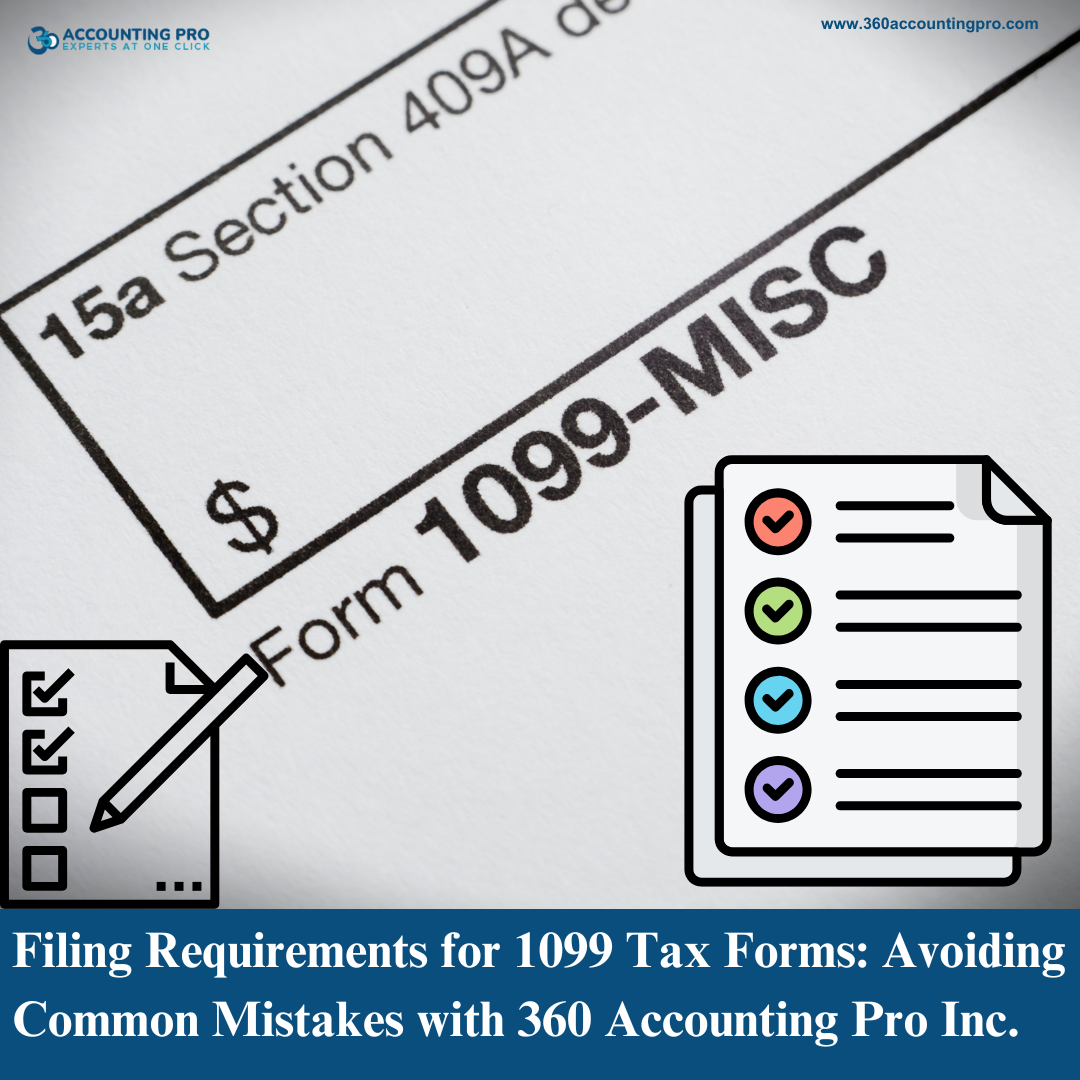





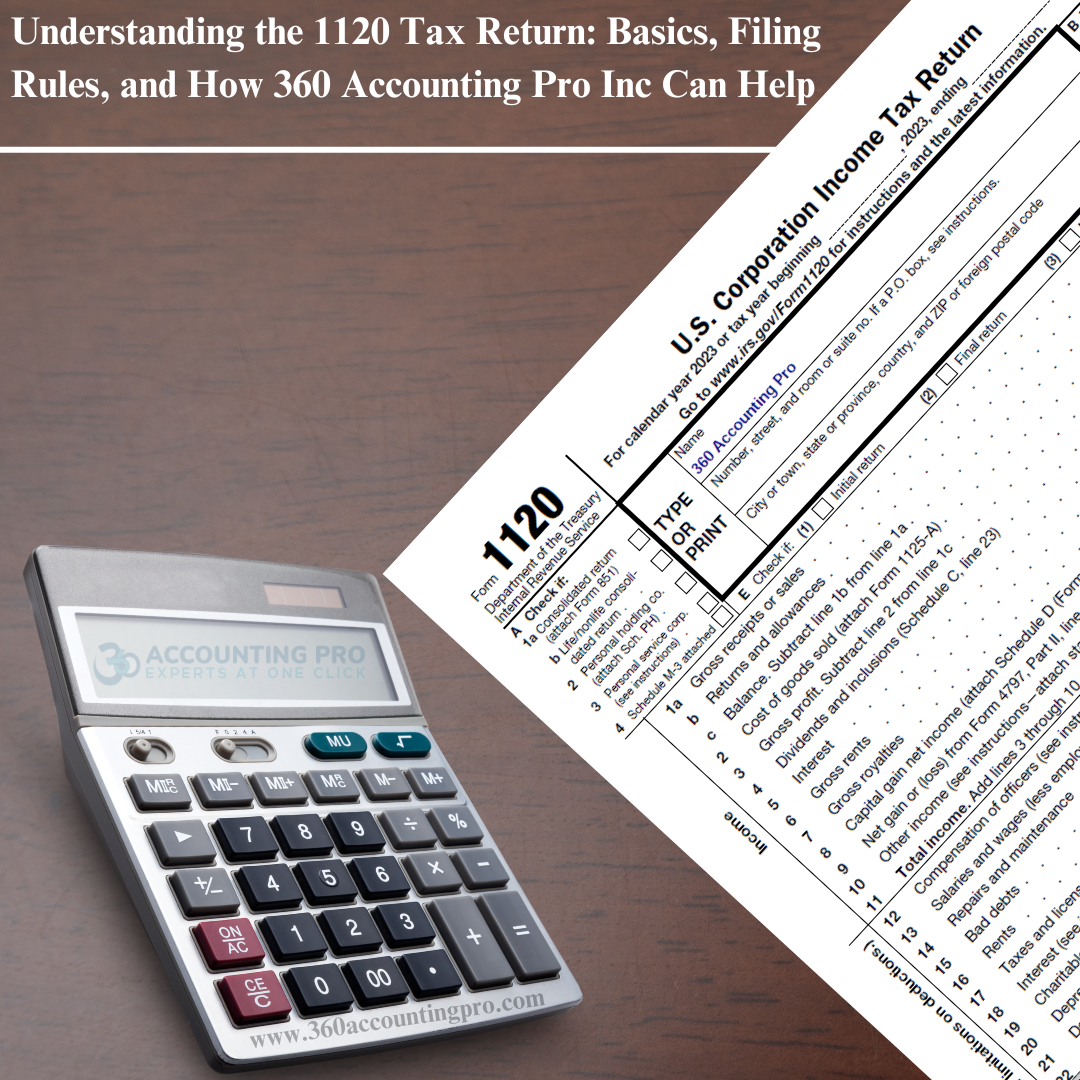

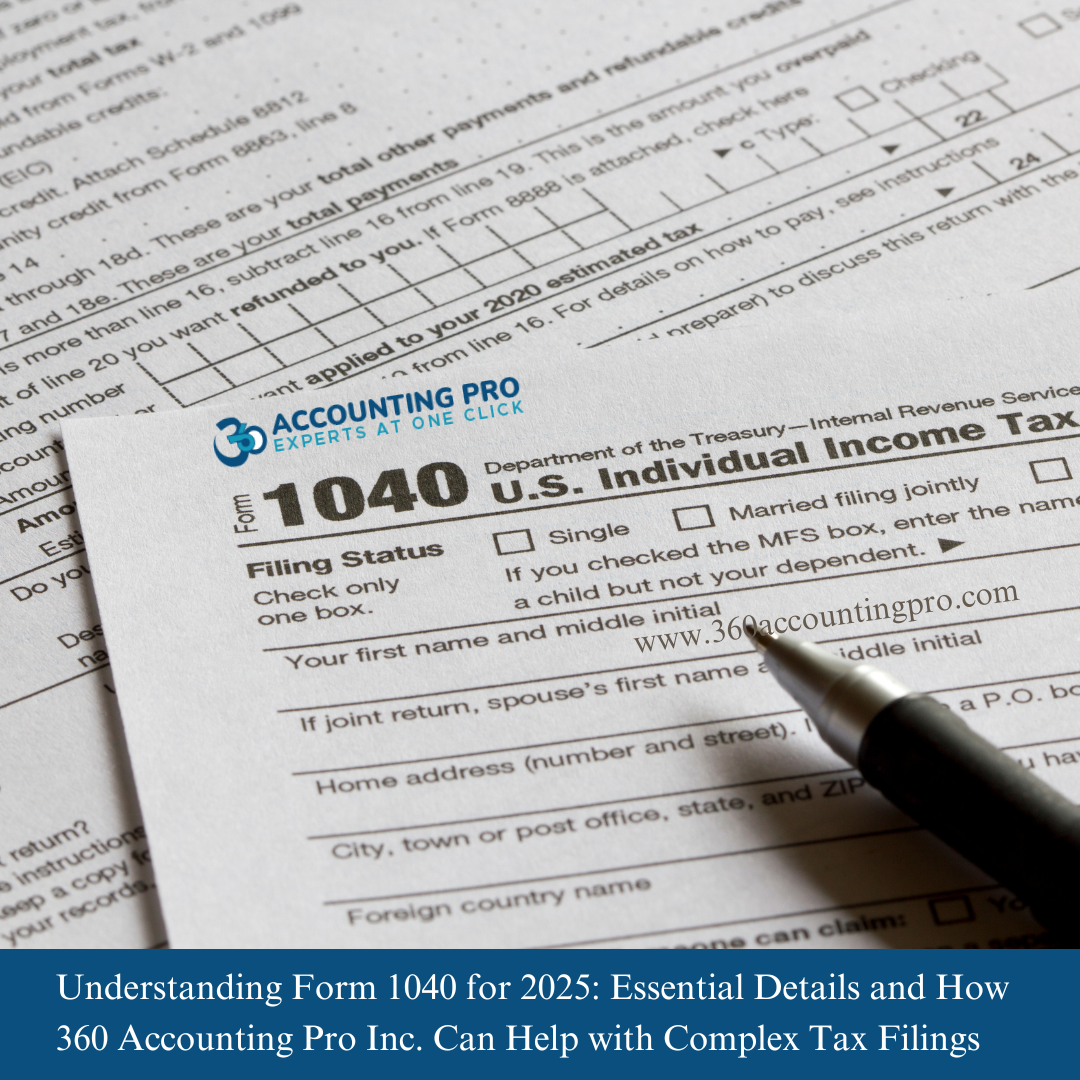










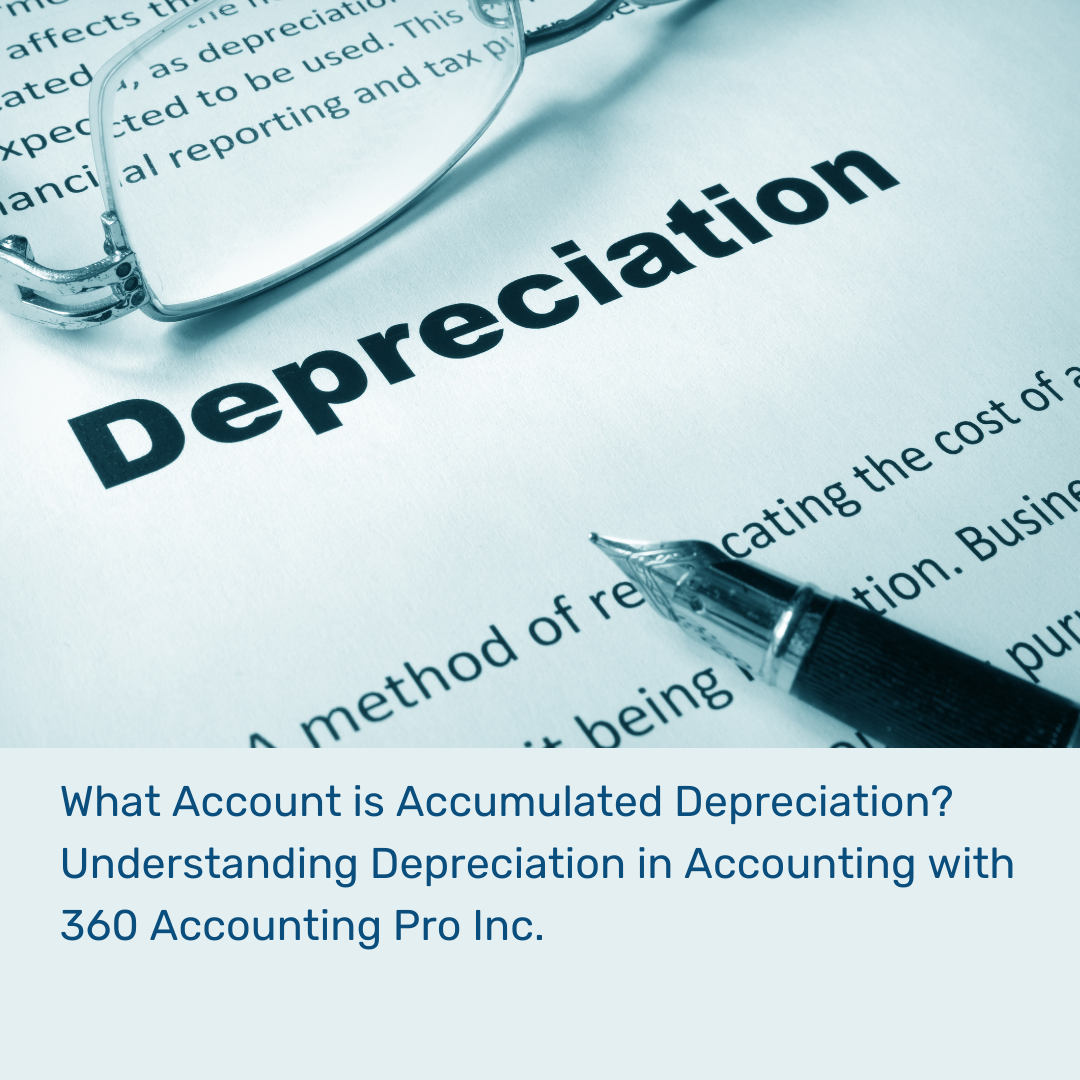




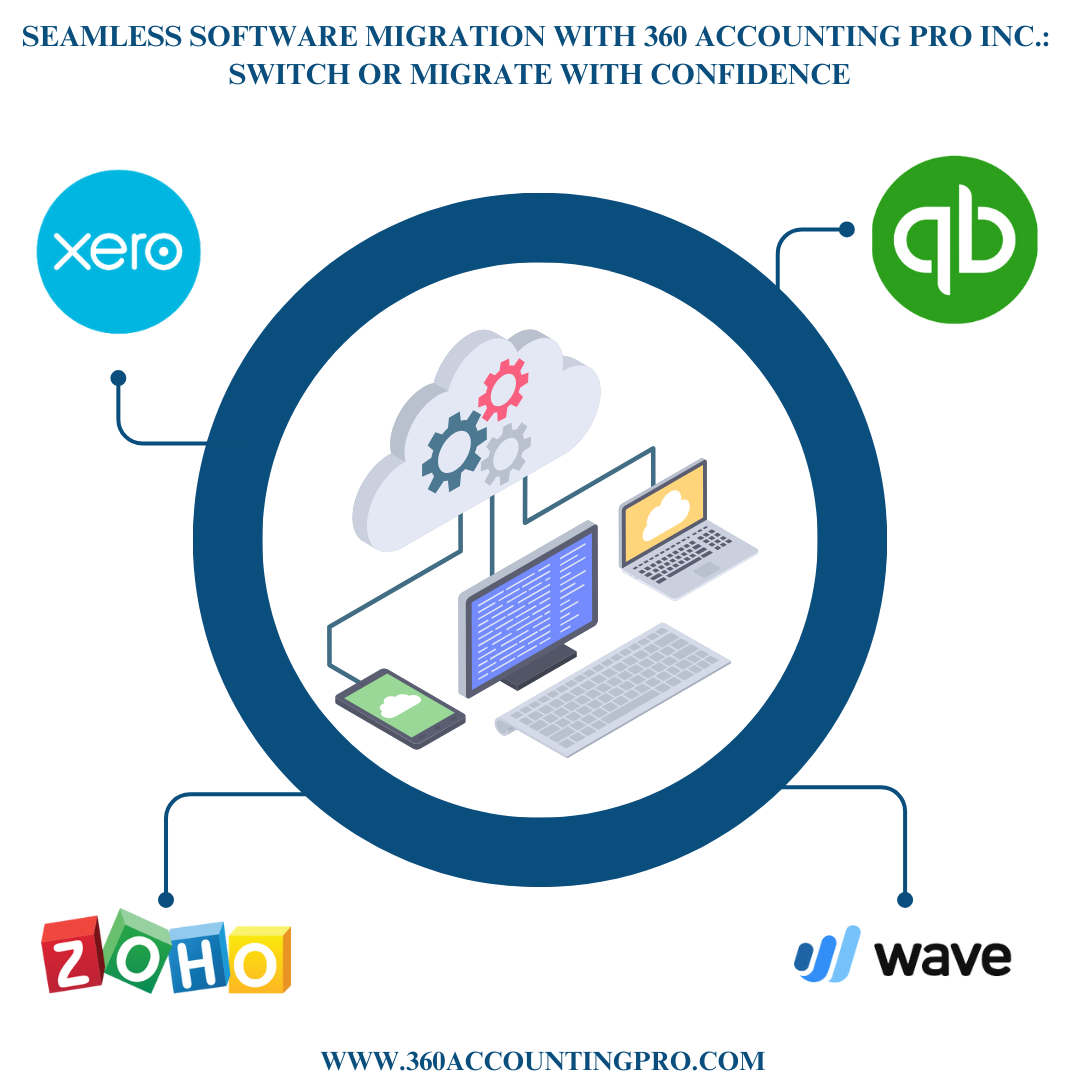







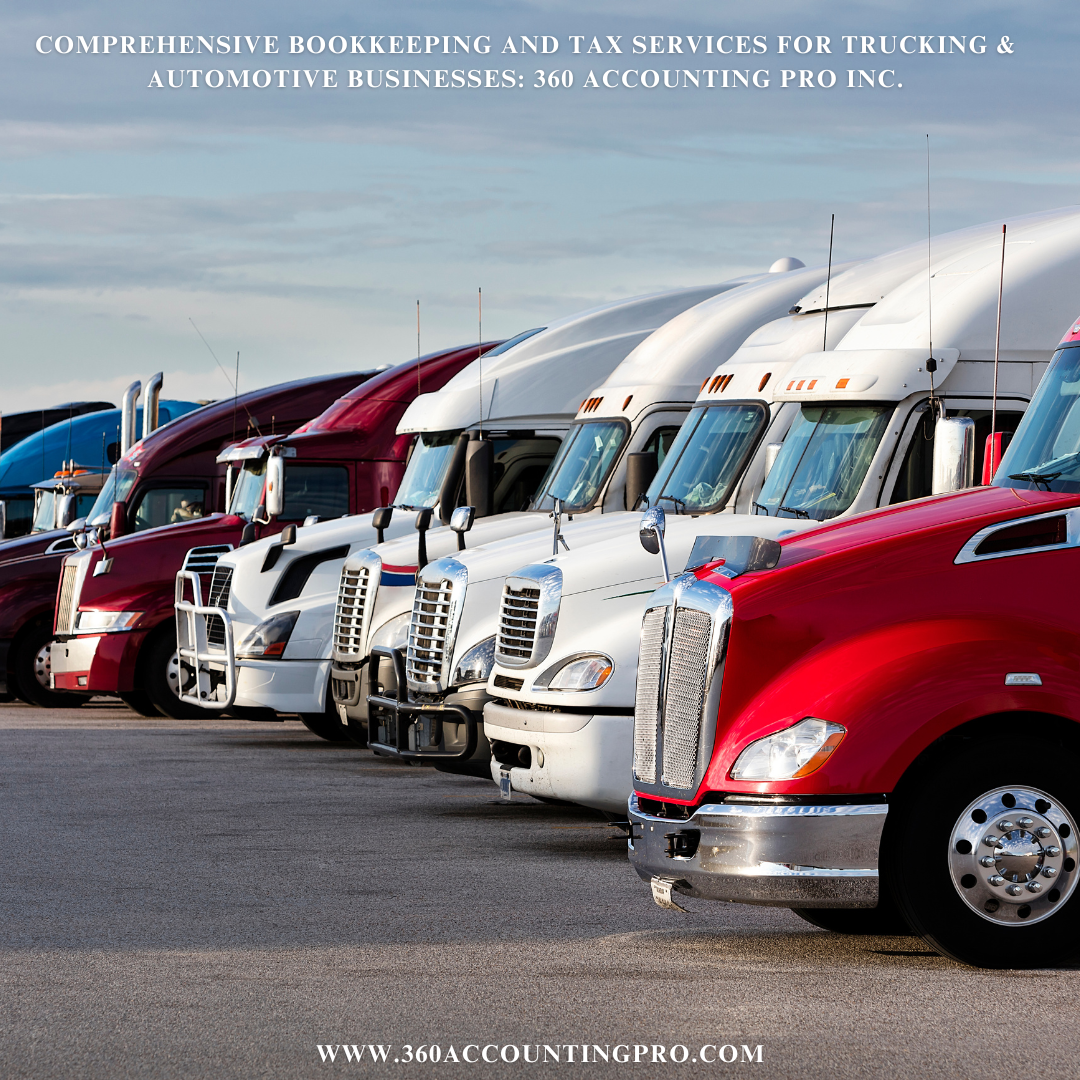










.jpg)
.jpg)
.jpg)
.jpg)


).jpg)





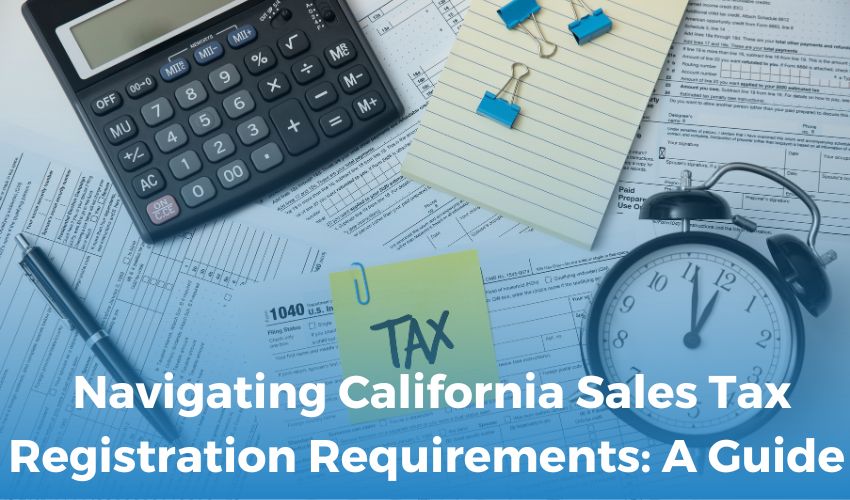








 Get A Quote
Get A Quote
Leave A Comment